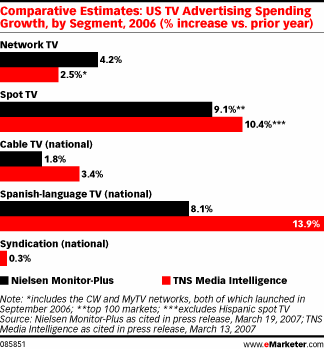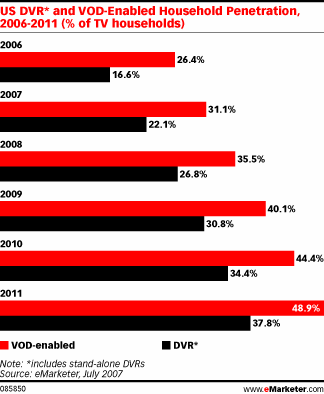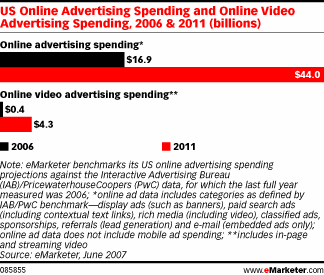The long march toward Google attempting to monetise YouTube commences today, as the company unveils its contextual advertising strategy for clips on the site.
YouTube has shunned pre-roll ads, used by many of its competitors on broadcast and portal sites, electing instead for animated, transluscent overlays across the bottom of its video player console.
Ads appear 15 seconds after a clip has started playing, inviting viewers to click on the overlay. If clicked the original content pauses and the ad begins playing in the video console, if not the overlay disappears after 10 seconds (presumably to be replaced by another).
Reports range from 20 to 50 charter advertisers signed up for the launch of the new InVideo service, including BMW and NewLine Cinema. The rate card for InVision ads starts at US $20 per 1,000 times the ad is displayed
But Google doesn’t see it as a panacea, as Eileen Naughton, its director of media platforms told Reuters: “In the history of Google, there has never been one ‘answer’. It’s not the end-all, but it’s a very promising format that we are ready to bring to the market.”
It’s less of a surprise that most ads will be paired with professionally-produced content, such as Warner Music Group videos, though Google is dipping its toe in the water of ads wrapped around consumer-generated content.
Now begins the task of Google making its $1.65 billion investment in YouTube pay off (not that it needs to pay the money back to anyone!)
Edit: early reaction to the new ads.



